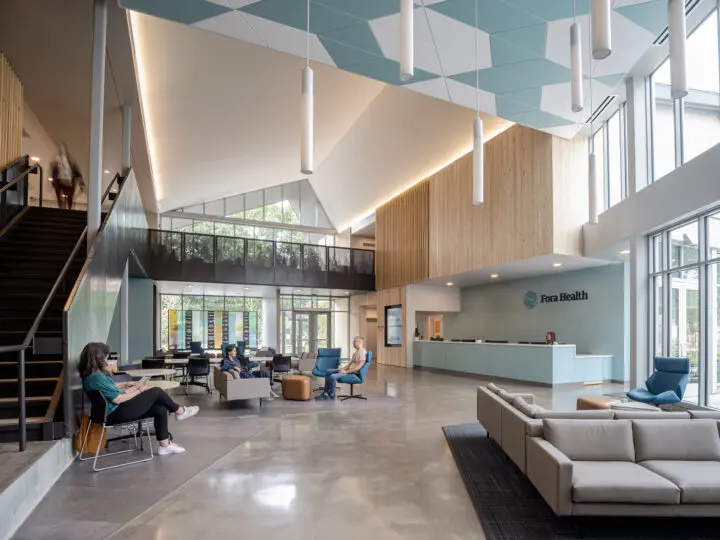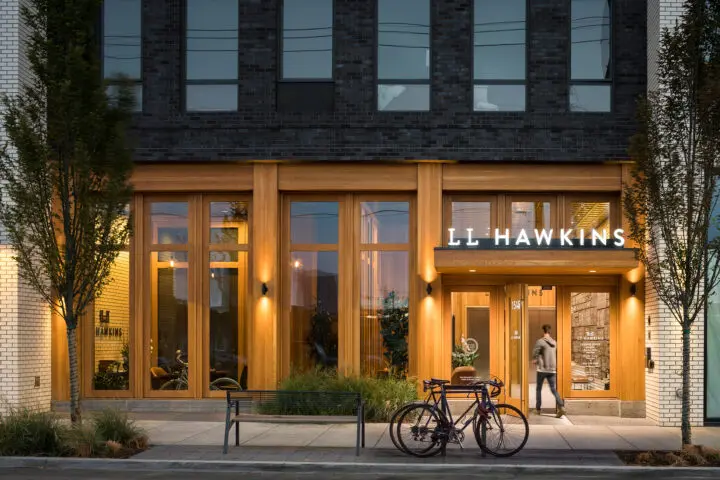Inclusive Design
Everyone deserves to experience exceptional architecture and feel at home in their environment. At Holst, we approach each project with intentional inclusivity, creating spaces that welcome and support all who use them.
Accessibility for All
Because options equal access, we go above and beyond ADA requirements.
With a quarter of the population impacted by disability—particularly communities of color and older adults—we design spaces that welcome and support diverse needs. Our buildings offer multiple pathways for movement, varied environments for sensory comfort, and thoughtful details that make daily activities possible for everyone.
Designing for Joy
More than simply providing access, inclusive design should delight. Through natural light, inviting textures, intuitive layouts, and moments of unexpected beauty, we create spaces where everyone can experience the joy and inspiration of thoughtful design.

Trauma-Informed Design
For many people, our buildings are more than structures. They are critical spaces on their journey toward healing, safety, and community.
Through the six trauma-informed design principles—safety, nature, comfort, coherency, de-escalation, and empowerment—we create environments that support healing and well-being.
Some tangible impacts of our approach include:
- Clear sightlines and thoughtful lighting to foster both perceived and actual safety
- Natural materials and outdoor connections to ground us in the natural world
- Intuitive wayfinding and flexible spaces that support autonomy and ease
- Dedicated quiet areas to provide space for reflection and self-regulation

Indigenous Heritage
We acknowledge our work takes place on Native lands. Through partnerships with Indigenous designers and communities, we work to integrate traditional wisdom into our practice, creating architecture that honors cultural knowledge and connection to place.
In-house Expertise
Inclusive design thrives on openness and continuous learning. Our in-house Inclusive Design Facilitator helps guide our practice daily, leading staff workshops that challenge our assumptions and deepen our understanding, alongside external workshops that engage community voices in the design process at the earliest stages.
In this way, inclusivity drives every employee and project from day one—becoming not just a checklist but a core of everything we create.

